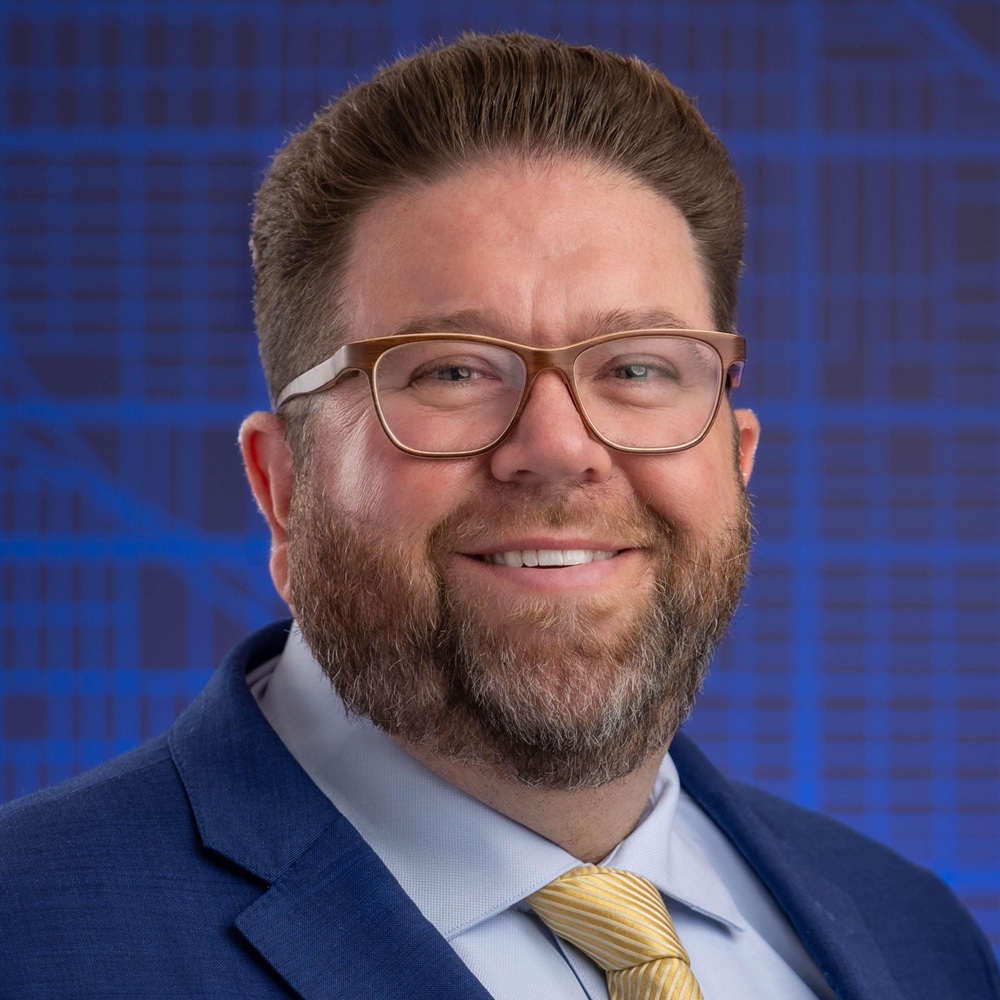Reach Your Money Goals in 2020 with a Financial Bucket List
To get started, here are four must-do items to add to your list before you retire.

It’s time for New Year’s resolutions. Some will vow to lose weight and others will prioritize self-care, but the reality is, most people will quit after just a couple weeks.
If you want to make a lasting and meaningful change, make 2020 the year you start your financial bucket list. Just like skydiving, deep-sea fishing and traveling the world, a financial bucket list should contain lofty, yet attainable goals.
Create a 6-Month Emergency Fund
Typically, an emergency fund has three months’ worth of expenses saved in cash. This is money you can access at any time to cover unexpected expenses, like a medical bill or home repair. The problem is, more than half of households do not have an emergency savings account, including a majority of people older than 50. That’s a dangerous position to be in so close to retirement. For people near or in retirement, I recommend keeping six months of expenses saved in an emergency fund to help cover the unexpected. You’re on a fixed income in retirement; an emergency shouldn’t derail your budget.
From just $107.88 $24.99 for Kiplinger Personal Finance
Become a smarter, better informed investor. Subscribe from just $107.88 $24.99, plus get up to 4 Special Issues

Sign up for Kiplinger’s Free Newsletters
Profit and prosper with the best of expert advice on investing, taxes, retirement, personal finance and more - straight to your e-mail.
Profit and prosper with the best of expert advice - straight to your e-mail.
Own Your Home
Your mortgage is likely your largest debt. Imagine entering retirement without that monthly expense! You likely can’t pay off your mortgage in full right now, but a good way to work toward this goal is to set a date you want to have your mortgage paid off. An attainable goal might be five years into retirement. The sooner you pay this debt, the less money you will be paying in interest. Be sure your additional payments go toward your principal. Putting even a little extra money toward your principal each month will help you meet your goal.
Eliminate Debt
Speaking of debt, it’s important to enter retirement debt-free. We’re talking about credit card debt, student loan debt, mortgage debt and car payments. One of the most surprising debts facing baby boomers is student loan debt. Baby boomers between the ages of 55 and 73 have the second-highest student loan balances, just behind Generation X, with an average balance of $34,703. Financial advisers cannot stress enough how important it is to deal with debt before retiring. Debt can be one of the biggest stressors when dealing with your finances. Sit down, organize your debt and commit to paying it off.
Create a Comprehensive Financial Plan
The No. 1 fear of those entering retirement is running out of money. You shouldn’t be worried or unsure of your financial future. It’s important to find a financial adviser you are confident in and comfortable with. This person should take the time to get to know your unique situation, including your goals, needs and desires. Play an active role in your finances and work with your adviser to create a comprehensive financial plan that is appropriate for your age and risk tolerance. It should cover everything from retirement income needs to health care expenses and estate planning. This plan should help you feel more confident in your financial future.
These bucket list goals are going to require some life changes. Some are easier than others, and small changes can help set you up for success. To deal with debt, launch a snowball. Start by organizing your debts by the amount you owe. Make the minimum payment on all of your cards, and then use any extra money to pay off your smallest debt first. Then concentrate on paying off your next smallest debt. Much like a snowball rolling down a hill, you will build momentum to keep paying off your debts until your credit cards are paid in full.
Then cut unnecessary expenses, like a rarely used gym membership or daily stops at the coffee shop. A close look at where you’re spending will keep more of your hard-earned money in your savings. You might start small, saving just $20 a week and working your way toward saving 15% of every paycheck. Set up an automatic withdrawal from your paycheck into a separate savings account or your 401(k).
As you cross off these items on your financial bucket list, don’t be afraid to add new goals. As you plan and prepare for retirement, your goals will change. This bucket list can keep you on track to saving more, spending less and enjoying retirement to the fullest.
Profit and prosper with the best of Kiplinger's advice on investing, taxes, retirement, personal finance and much more. Delivered daily. Enter your email in the box and click Sign Me Up.

Tony Drake is a CERTIFIED FINANCIAL PLANNER™ and the founder and CEO of Drake & Associates in Waukesha, Wis. Tony is an Investment Adviser Representative and has helped clients prepare for retirement for more than a decade. He hosts The Retirement Ready Radio Show on WTMJ Radio each week and is featured regularly on TV stations in Milwaukee. Tony is passionate about building strong relationships with his clients so he can help them build a strong plan for their retirement.
-
 Vesting, Catch-Ups and Roths: The 401(k) Knowledge Quiz
Vesting, Catch-Ups and Roths: The 401(k) Knowledge QuizQuiz Test your understanding of key 401(k) concepts with our quick quiz.
-
 Why You Should Pay Attention to Company Guidance
Why You Should Pay Attention to Company GuidanceUnderstanding how corporate profit forecasts affect analysts’ estimates and stock ratings can help you make investment decisions.
-
 How to Protect Yourself and Others From a Troubled Adult Child
How to Protect Yourself and Others From a Troubled Adult ChildThis case of a violent adult son whose parents are in denial is an example of the extreme risks some parents face if they neglect essential safety precautions.
-
 How to Protect Yourself and Others From a Troubled Adult Child: A Lesson from Real Life
How to Protect Yourself and Others From a Troubled Adult Child: A Lesson from Real LifeThis case of a violent adult son whose parents are in denial is an example of the extreme risks some parents face if they neglect essential safety precautions.
-
 To Build Client Relationships That Last, Embrace Simplicity
To Build Client Relationships That Last, Embrace SimplicityAs more automation becomes the norm, you can distinguish yourself as a financial professional by using technology wisely and prioritizing personal touches.
-
 Client Demand Is Forcing Financial Advisers to Specialize: How to Deliver
Client Demand Is Forcing Financial Advisers to Specialize: How to DeliverThe complexity of wealthy clients' needs — combined with AI and consumer demand — suggests the future of financial planning belongs to specialized experts.
-
 A Financial Planner Takes a Deep Dive Into How Charitable Trusts Benefit You and Your Favorite Charities
A Financial Planner Takes a Deep Dive Into How Charitable Trusts Benefit You and Your Favorite CharitiesThese dual-purpose tools let affluent families combine philanthropic goals with advanced tax planning to generate income, reduce estate taxes and preserve wealth.
-
 A 5-Step Plan for Parents of Children With Special Needs, From a Financial Planner
A 5-Step Plan for Parents of Children With Special Needs, From a Financial PlannerGuidance to help ensure your child's needs are supported now and in the future – while protecting your own financial well-being.
-
 How Financial Advisers Can Best Help Widowed and Divorced Women
How Financial Advisers Can Best Help Widowed and Divorced WomenApproaching conversations with empathy and compassion is key to helping them find clarity and confidence and take control of their financial futures.
-
 A Wealth Adviser Explains: 4 Times I'd Give the Green Light for a Roth Conversion (and 4 Times I'd Say It's a No-Go)
A Wealth Adviser Explains: 4 Times I'd Give the Green Light for a Roth Conversion (and 4 Times I'd Say It's a No-Go)Roth conversions should never be done on a whim — they're a product of careful timing and long-term tax considerations. So how can you tell whether to go ahead?
-
 A 4-Step Anxiety-Reducing Retirement Road Map, From a Financial Adviser
A 4-Step Anxiety-Reducing Retirement Road Map, From a Financial AdviserThis helpful process covers everything from assessing your current finances and risks to implementing and managing your personalized retirement income plan.